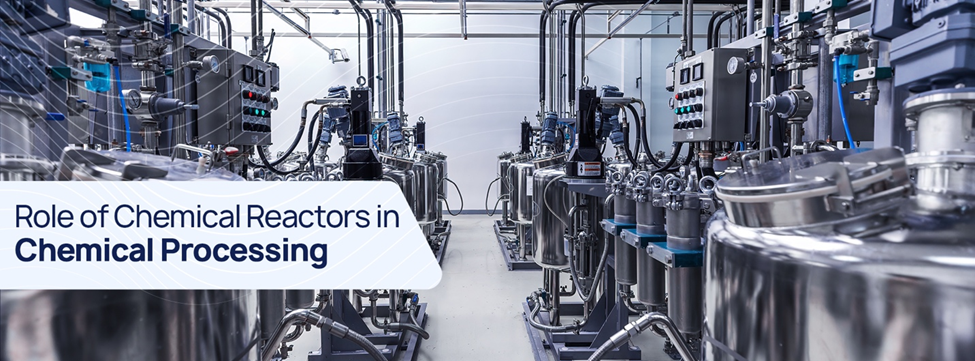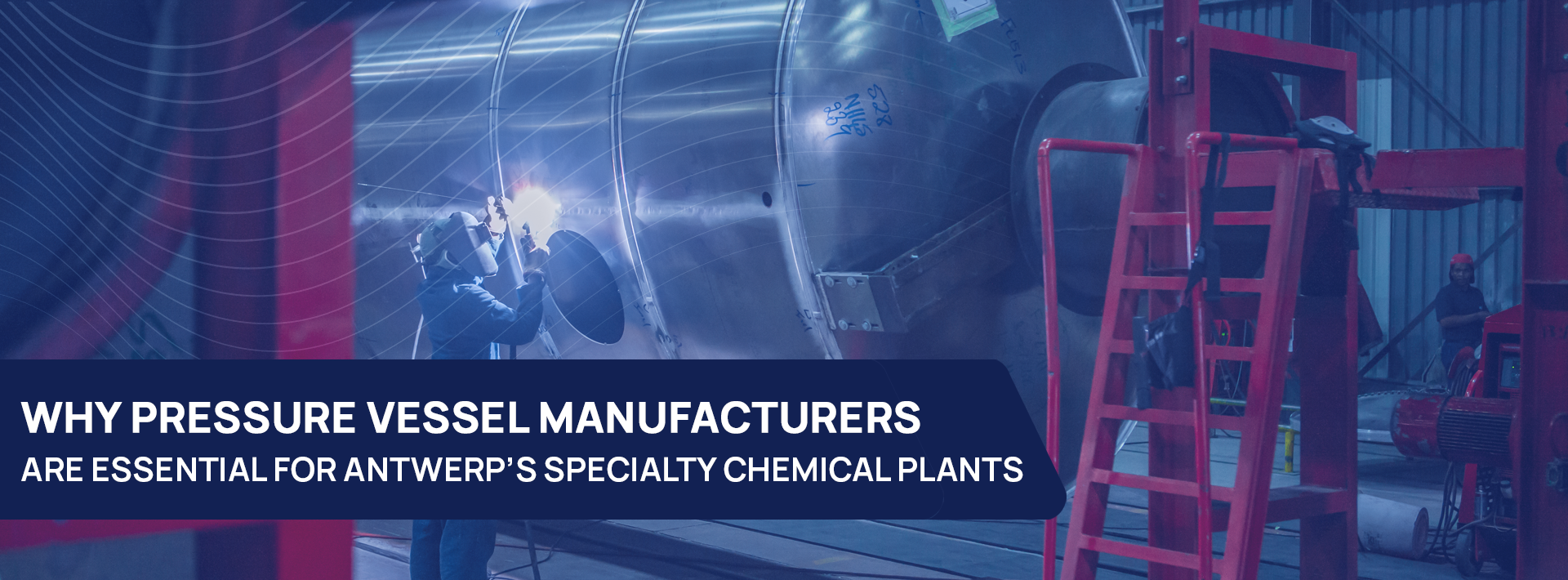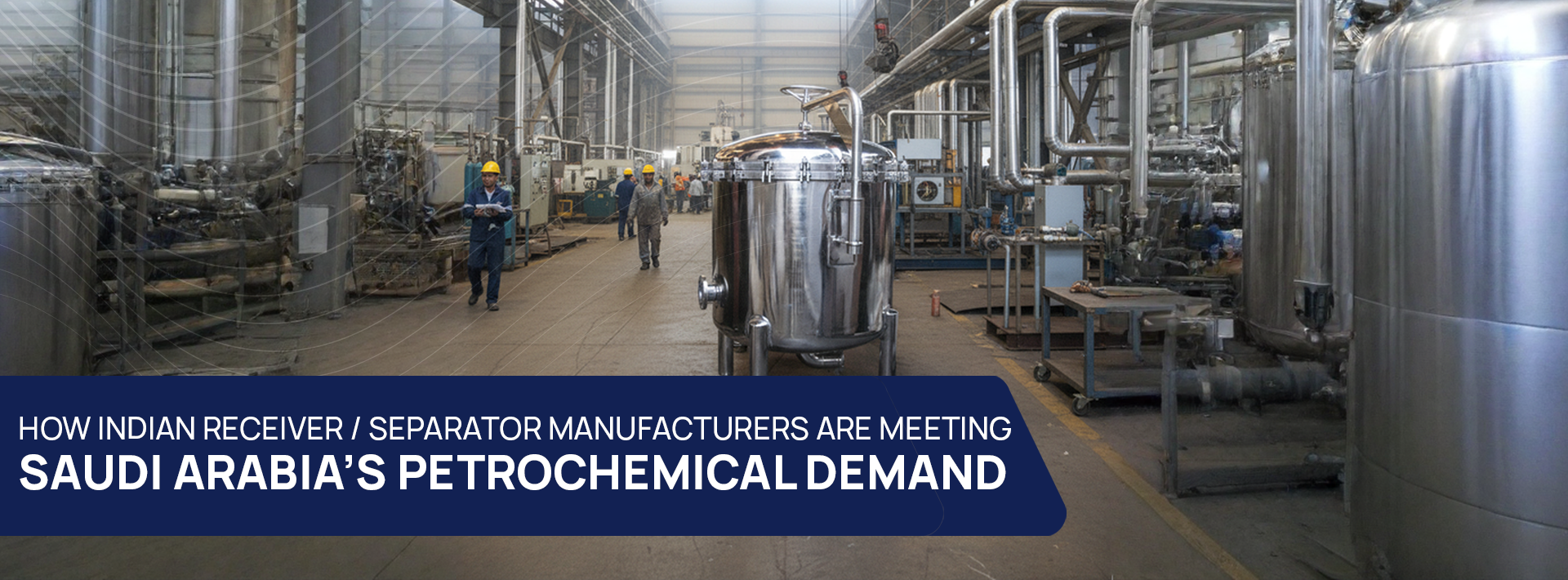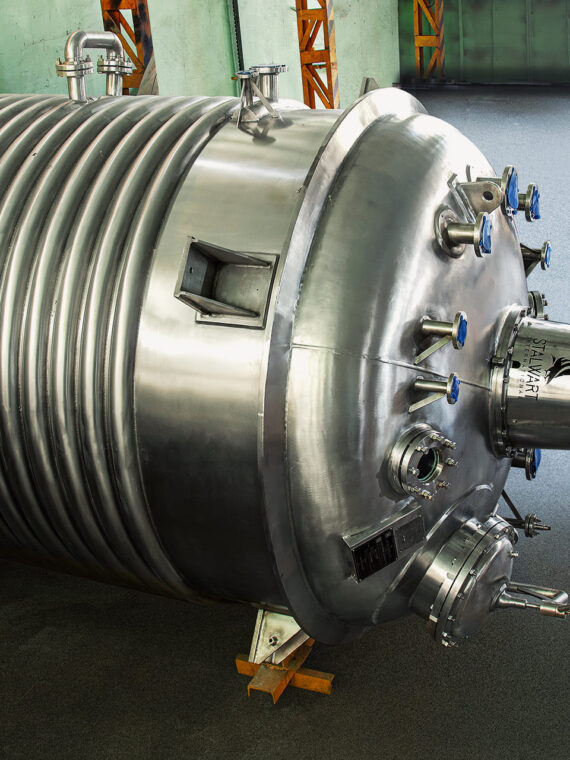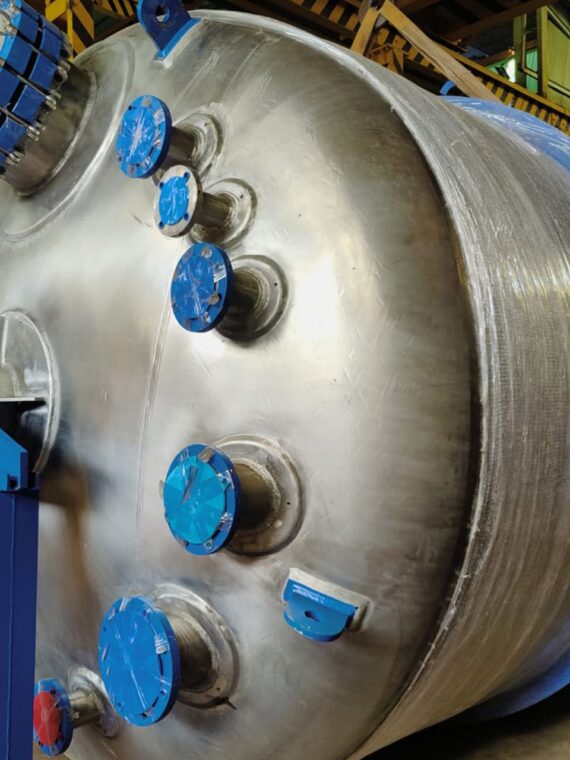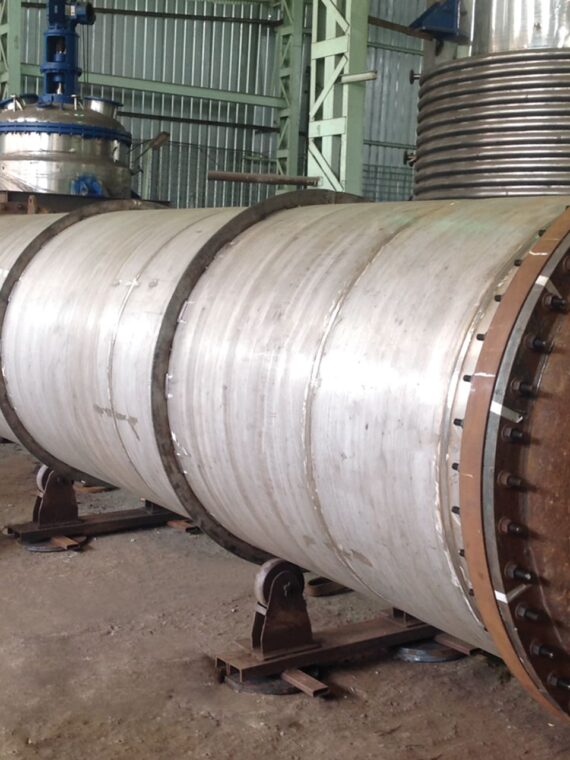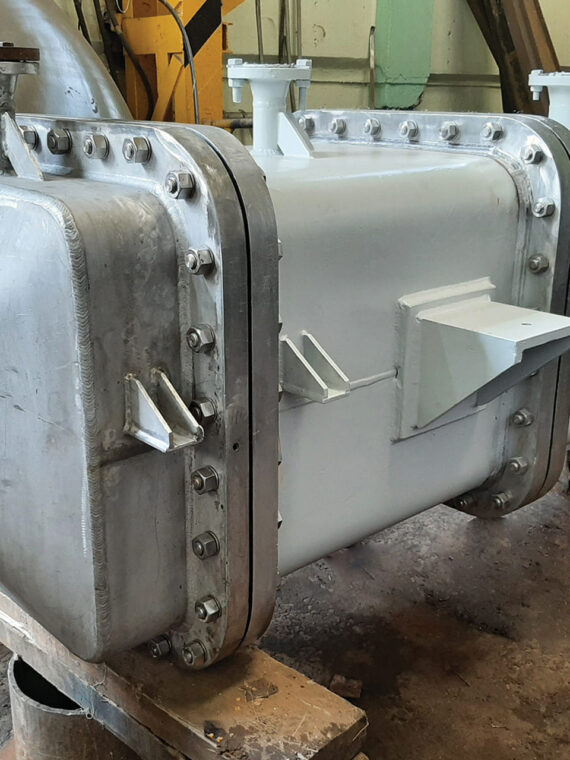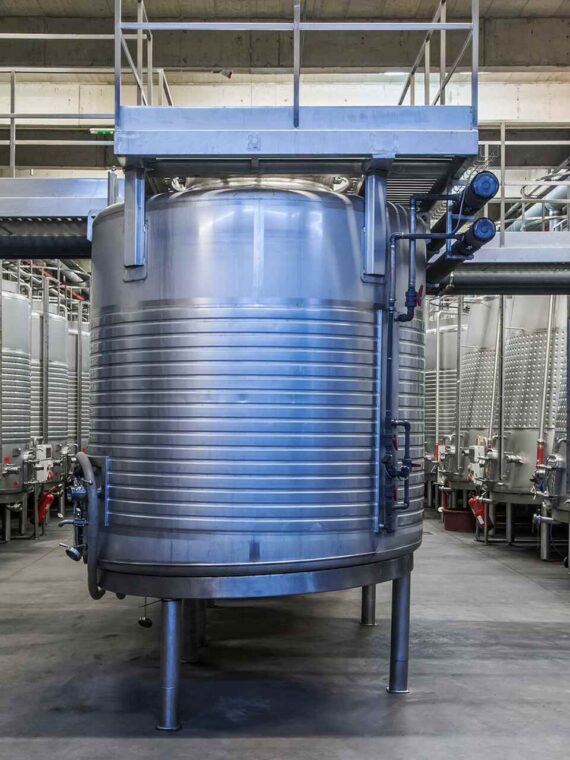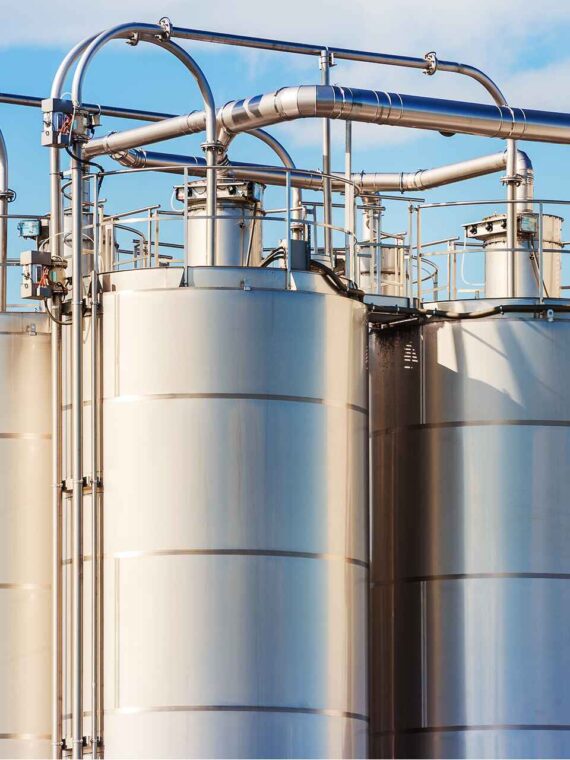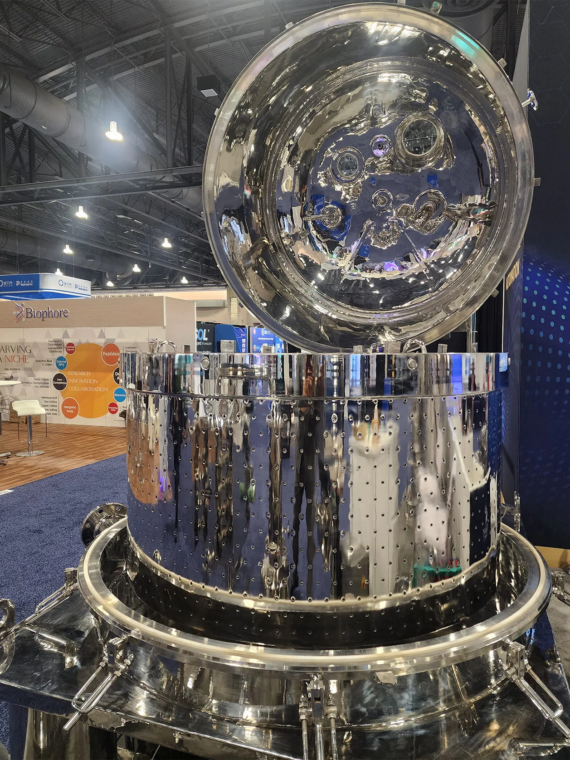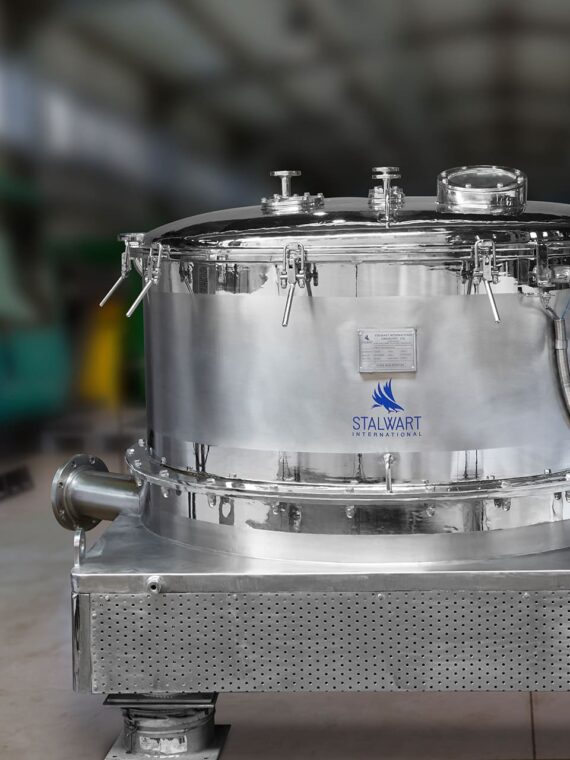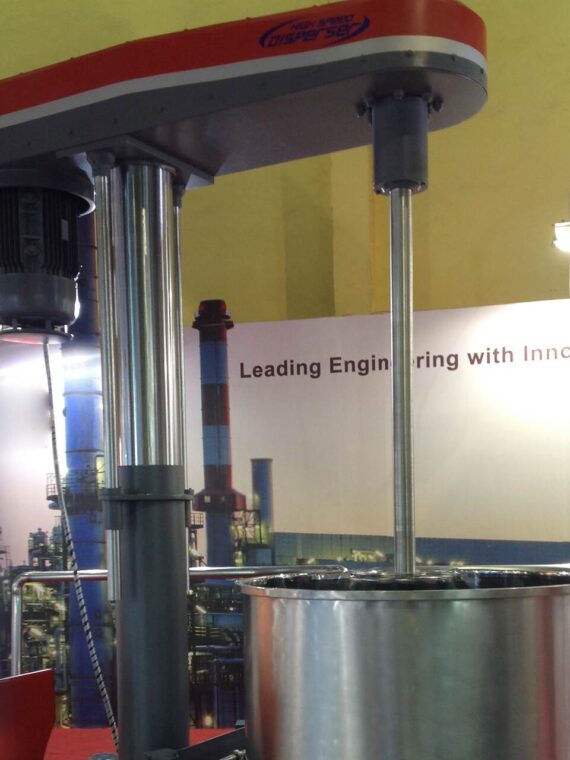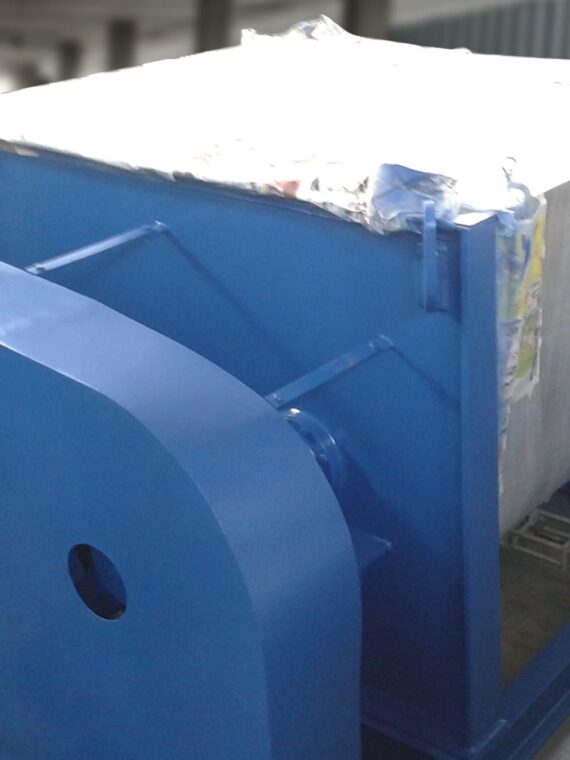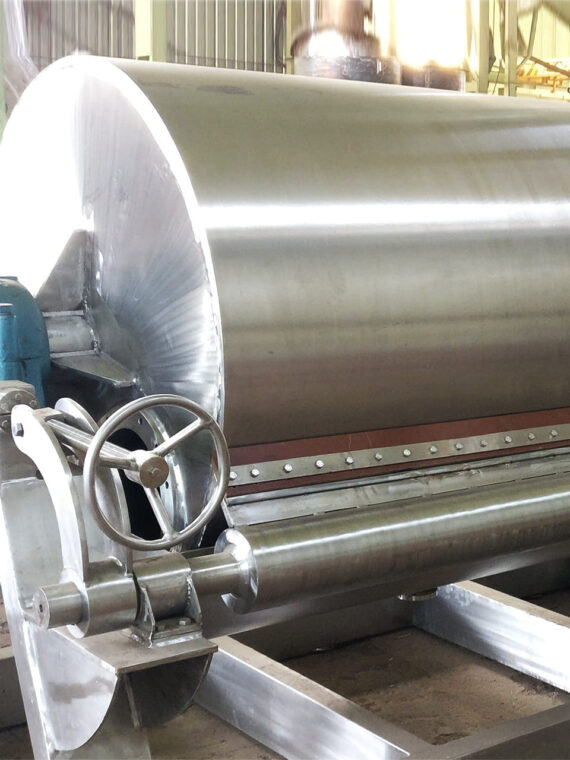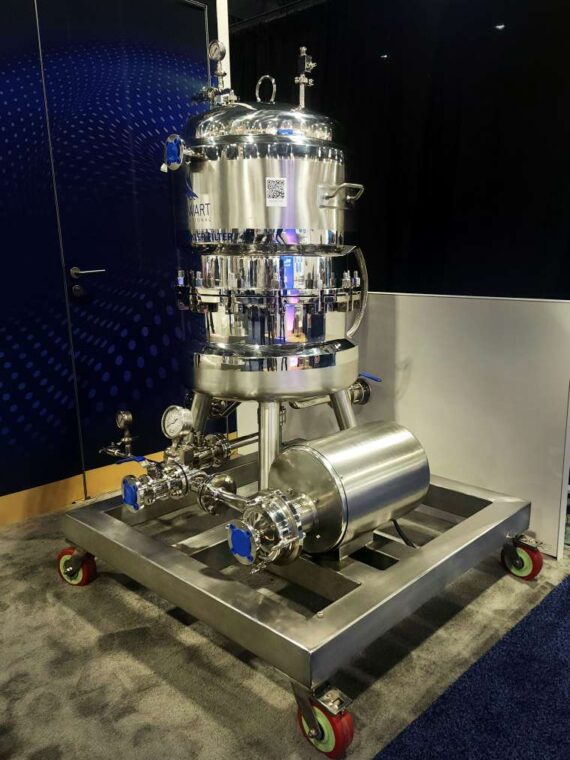Chemical reactors are the heart of chemical processing, transforming raw materials into valuable products through controlled chemical reactions. It is technically crucial to optimize the performance of these reactors. It involves setting monitored conditions for responses, selecting the correct type of reactor, and using advanced technology to attain desired results. Optimization is necessary to ensure safer operations, optimal yield, and maximum efficiency.
Types of Chemical Reactors
The five different kinds of chemical reactors are given below;
Batch Reactors
Batch reactors are specifically beneficial for small-scale operations requiring strict monitoring and control. They are employed for chemical and pharmaceutical research. Batch reactors are optimized through the regulation of pressure and temperature. Additionally, the reactants are adequately mixed to ensure uniform completion of the chemical reaction.
Continuous Stirred-Tank Reactors (CSTRs)
These reactors are imperative for large-scale production processes. They are commonly employed in biochemicals, polymers, chemicals, and petrochemicals industries. CSTRs are carefully optimized to ensure uniform and high-quality outcomes. The optimization process focuses on maintaining a stable environment for effective operations. It also includes adequate mixing and timely heat removal to avert hotspot formation.
Plug Flow Reactors (PFRs)
These reactors are known for their high speed and are employed for fast-paced processes. They allow minimal back-mixing and are optimal for producing chemicals such as propylene and ethylene. The optimization of PFRs primarily involves the regulation of temperature and flow rate. Additionally, the process requires the augmentation of catalytic surfaces, increasing selectivity and conversion.
Packed Bed Reactors
Packed Bed Reactors denote a bed of catalytic particles for even flow and distribution in catalytic processes. They are widely utilized in petroleum refining and other environmental processes. Such reactors’ structure ensures equal particle distribution, thereby preventing channeling.
Fluidized Bed Reactors
These reactors are effective for processes involving high heat and mass transfer. Common examples of such methods include catalytic cracking and coal gasification. Optimization of Fluidized Bed Reactors involves stabilizing fluidization for efficient temperature control and preventing particle attrition.
Variables of Reactor Optimization
Temperature Control
A reactor’s temperature directly correlates with the product selectivity and rate of any reaction. Temperature regulation is a slacklining that can be attained through various means, including internal coils, jackets, limpet coils, and heat exchangers.
Pressure Regulation
The pressure inside a reactor directly affects a reaction’s rate and final products. Reactions involving gas are carried out in high-pressure reactors. It is critical to ensure safety systems in such responses to prevent the risks associated with high pressures.
Augmenting Mixing Efficiency
Mixing ensures the homogenization of all particles in a reaction. It is an act of harmony involving impellers, baffles, and agitators. Additionally, the mixing mechanisms are optimized through CFD (Computational Fluid Dynamics) simulations.
Enhancing Catalyst Performance
Catalysts are the primary actors that facilitate the procession towards a final product. The performance of a catalyst can be enhanced through various factors. It includes maximizing contact between the catalyst and reactants and replacing and regenerating the catalyst.
Residence Time of Reactants
The residence time of reactants inside a reactor impacts the reaction and final products. It can be monitored by regulating reactor capacity and flow rate to attain the desired outcomes.
Read Also: Chemical Reactors – The Heart Of Chemical Plants
Innovation in the Optimization of Reactors
A few of the advancements in optimization are categorically stated below;
- Process Analytical Technology (PAT): It offers real-time monitoring of reaction conditions, enabling swift adjustments and process improvements.
- Automation and Control Systems: Utilizing PLCs and DCS, these systems maintain stable reactor environments and provide operational intelligence.
- Computational Modeling and Simulation: Predicting reactor performance under various conditions aids in design and scale-up processes from laboratory to industrial settings.
- Novel Reactor Designs: Membrane reactors and microreactors offer enhanced control, safety, and sustainability.
Read Also: Chemical Reactors – The Ultimate FAQ Guide
Conclusion
Optimization of chemical reactors is an art and science that goes above and beyond mere technicalities. It allows industries to potentiate their product quality and safety by getting a handle on critical parameter controls and selecting the correct type of reactor. Modern chemical technologies have paved the way to a future of safe and sustainable chemical processing.


